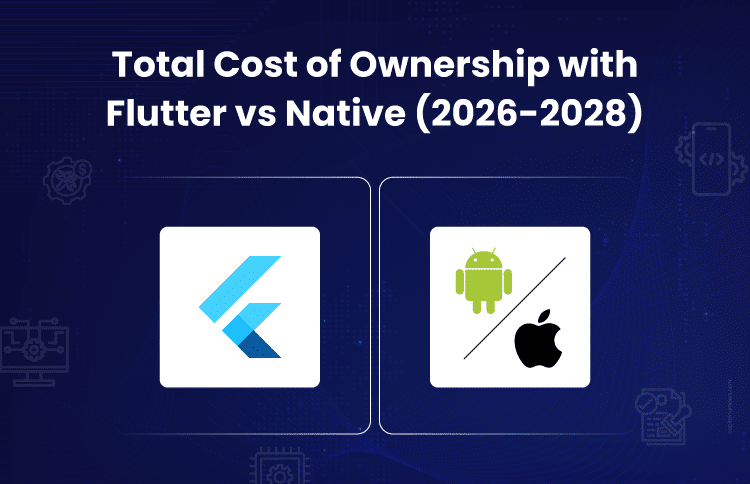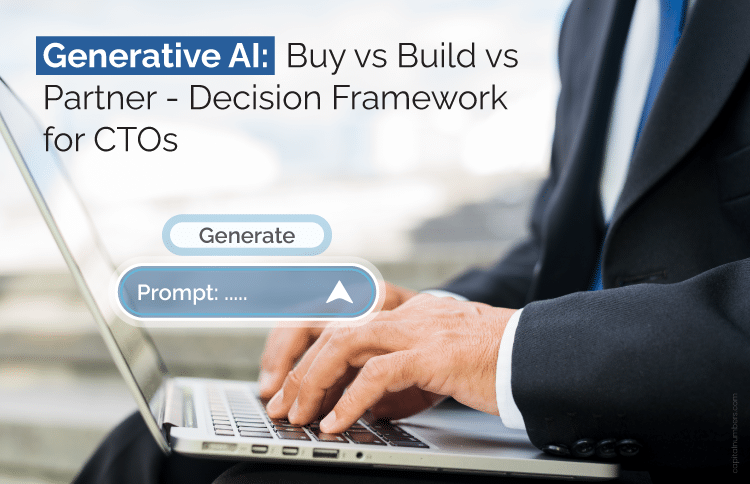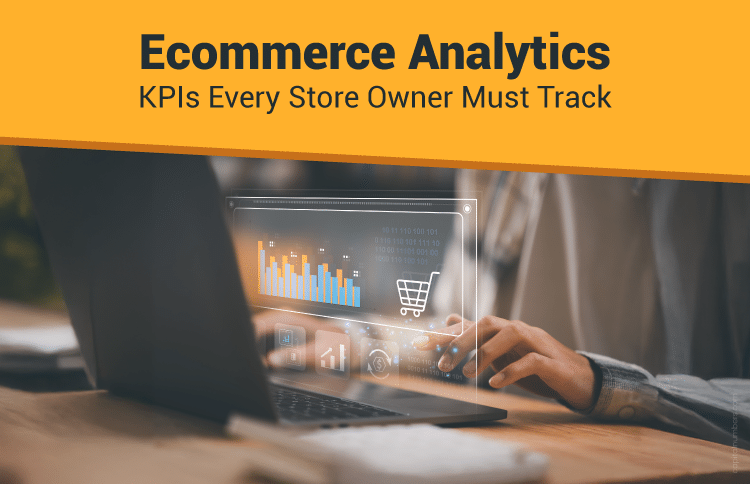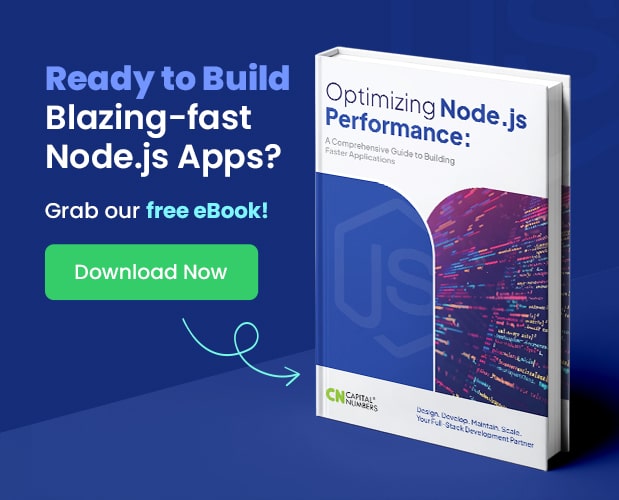Total Cost of Ownership with Flutter vs Native (2026-2028)
Table of Contents
When it comes to mobile app development, the debate between Flutter and Native is no longer just about performance or aesthetics – it’s about the bottom line. As businesses tighten budgets and focus on long-term ROI, understanding the Total Cost of Ownership (TCO) has become essential.
In this blog, we’ll explore the TCO of Flutter vs Native development, giving you a clear, business-first view of which approach delivers better value, flexibility, and long-term savings. Whether you’re a startup founder building your first app or an enterprise tech lead planning a multi-year roadmap, this guide will help you choose the smarter path forward, balancing cost efficiency with scalability.
We’re considering a 3-year horizon, specifically from 2026 to 2028, to reflect the typical lifecycle of mobile investments and ongoing maintenance.
Flutter vs Native: A Quick Overview
Choosing between Flutter and Native is easier when you understand the core differences. Here’s a quick overview:
-
What Is Flutter?
Flutter is a cross-platform framework developed by Google that allows you to build apps for both iOS and Android using a single codebase. It’s known for fast development cycles, expressive UI components, and a growing developer ecosystem.
-
What Is Native Development?
Native development refers to building separate apps for each platform, typically using Swift for iOS and Kotlin or Java for Android. This approach offers full access to platform-specific features and performance optimizations.
-
Key Differences between Flutter and Native
Feature Flutter (Cross-platform) Native Development Codebase Single codebase for iOS & Android Separate codebases for each platform UI Rendering Custom rendering engine Native UI components Tooling Flutter SDK, Dart, Hot Reload Xcode (iOS), Android Studio (Android) Time to Market Faster due to shared codebase Slower due to parallel development Community & Ecosystem Rapidly growing, strong Google support Mature, platform-specific communities Integration Robust via packages and platform channels; advanced/device-heavy features may need custom native bridges. Seamless access to all native capabilities
Flutter vs Native: Development Costs
When comparing Flutter vs Native, one of the first things business owners want to know is: How much will it cost to build my app, and how soon can I launch it? Let’s break it down.
-
Team Composition and Hiring Costs
In a cross-platform vs native setup, team structure plays a big role in your budget:
- Flutter requires just one team to build for both iOS and Android, which means fewer developers and lower coordination overhead.
- Native development needs two separate teams, one for iOS and one for Android, doubling your hiring and management effort.
This difference directly impacts the cost of developing Flutter apps and native apps, especially for startups and lean teams.
-
Development Speed and Time-to-Market
Time to market is critical when you’re racing to validate an idea or capture market share. With Flutter’s single codebase, teams typically ship apps 30–40% faster, depending on project scope. This speed can translate into earlier revenue and faster feedback loops.
-
Code Reusability and Its Impact on Cost
Flutter offers high code reusability, with up to ~80–90% code reuse across platforms for shared UI and business logic; some platform-specific code is still required. This means fewer hours spent duplicating logic, UI, and testing. Native development, by contrast, requires writing and maintaining separate codebases, which increases both upfront and long-term costs.
-
Real-World Cost Estimates (2026–2028)
Here’s a practical look at what you might spend:
- MVP: Illustrative MVP ranges (assume $20/hour, lean feature set, small squad):
- Flutter: $6000 – $9000
- Native (iOS+Android): $10,000 – $14,000
- Adjust for rates, scope, compliance, and integrations.
- Full-scale apps: Native can cost 1.5x to 2x more than Flutter, depending on complexity and feature depth
So, is Flutter cheaper than Native? In most business scenarios, yes, especially when you factor in the total cost of ownership for Flutter, which includes development, updates, and long-term maintenance.
Knowing when to choose Flutter over Native comes down to your goals: if you want speed, flexibility, and cost efficiency, Flutter is often the smarter bet.
- MVP: Illustrative MVP ranges (assume $20/hour, lean feature set, small squad):
Flutter vs Native: Maintenance and Update Costs
After launch, your app enters a new phase – ongoing updates, bug fixes, and platform compatibility. These recurring tasks play a significant role in your app’s total cost of ownership, particularly over a multi-year period.
-
Frequency and Complexity of Updates
With Flutter, updates are simpler and faster. Since you’re working with a single codebase, you can push changes across iOS and Android at once. Native apps require separate updates for each platform, which means more developer hours, more testing, and more coordination.
-
OS Compatibility and Versioning
Mobile operating systems evolve quickly. Flutter’s single codebase often reduces duplicated rework for routine OS updates; platform-specific changes may still require targeted adjustments. This difference can impact how frequently you need to intervene and the associated costs.
-
Bug Fixes, Testing, and QA Overhead
Flutter reduces QA cycles by centralizing testing – fewer regressions and duplicated bugs. Native development, by contrast, demands separate testing pipelines for each platform, which increases both effort and cost over time. This directly impacts your mobile app maintenance cost, especially as your app scales.
Flutter vs Native: Scalability and Performance Considerations
As your app grows – more users, more features, and more platforms – your tech stack needs to scale efficiently. Scalability and performance directly influence user experience and long-term ROI, making them key components of your app’s total cost of ownership.
-
Handling Growth: User Base, Features, and Platforms
Flutter’s cross-platform architecture makes it easier to scale across devices and operating systems. You can expand functionality without duplicating development effort. Native development, by contrast, requires scaling two separate codebases, which increases complexity and cost.
Here’s a simple way to estimate scaling cost:
[Scaling Cost = Developer Hours × Hourly Rate × Number of Platforms]
For example, if a new feature takes 100 hours at $20/hour(approx):
- Flutter (1 shared codebase): 100 × $20 × 1 = $2,000
- Native (2 separate codebases): 100 × $20 × 2 = $4,000
This difference can save you up to 50% in scaling effort, especially when adding new features or adapting to new devices.
-
Performance Benchmarks: UI/UX, Load Times, Responsiveness
Flutter delivers near-native performance for most business apps. Its rendering engine ensures smooth UI and fast load times, even with complex interfaces. Native apps still lead in raw performance, especially for animation-heavy or hardware-intensive use cases.
If your app demands ultra-fast responsiveness or advanced UI transitions, Native may offer an edge. But for most use cases, Flutter’s performance is more than sufficient, and often faster to optimize.
-
Integration with Native APIs and Third-Party Services
Flutter supports integration with native APIs, though some advanced features may require custom bridging. Native development offers direct access to platform-specific APIs, making it ideal for apps that rely heavily on hardware (e.g., camera, Bluetooth, sensors).
When deciding between Flutter and Native, consider how deeply your app needs to interact with device-level features. For standard business logic and third-party services, Flutter handles integration well, often with lower overhead and faster delivery.
Flutter vs Native: Talent Availability and Ecosystem Maturity
Your tech stack is only as strong as the people behind it. Developer availability, ease of onboarding, and ecosystem maturity all affect delivery speed and long-term cost.
-
Hiring Trends and Talent Pool
Flutter’s popularity has created a large pool of skilled developers. It’s often faster and more affordable to hire Flutter developers than to recruit separate iOS and Android specialists.
[Hiring Cost = Hourly Rate × Setup Time × Team Size]
Setup time refers to how quickly new developers can get familiar with your project and start contributing. With Flutter, setup is usually quicker, and teams are smaller, helping reduce overall hiring costs.
-
Onboarding and Learning Curve
Flutter’s single codebase and user-friendly tools make it easier for new developers to get started. Dart is simple to learn, especially for those with experience in web or full-stack development. Native development requires deeper platform-specific knowledge, which can slow down the onboarding process.
-
Community and Tooling
Flutter’s ecosystem is growing fast, backed by Google and a strong developer community. There’s a wide range of packages and tools that speed up development and reduce maintenance effort. Native platforms offer mature libraries and documentation, but managing two separate ecosystems adds extra work.
From a business perspective, Flutter’s unified setup helps reduce hiring delays and contributes to a lower total cost of ownership over time.
TCO Comparison Table: Flutter vs Native (2026 – 2028)
To help you evaluate the long-term financial impact of your mobile app investment, here’s a side-by-side look at the total cost of ownership for Flutter and Native development over 3 years.
| Cost Category | Flutter (USD) | Native (USD) |
|---|---|---|
| Development | $7,500 | $12,500 |
| Maintenance (200 hours over 3 years) | $4,000 | $8,000 (iOS and Android) |
| Talent & Overhead | $3,000 | $6,000 (iOS and Android) |
| Total TCO (2026-2028) | $14,500 | $26,500 |
Note:
- The hourly rate for development and maintenance is considered to be $20.
- These are approximate costs. Actual figures may vary depending on your country, developer rates, team size, app complexity, and delivery timelines.
- Talent and Overhead includes onboarding, PM/QA coordination, CI/CD setup, and release ops; we assume smaller cross-platform teams for Flutter.
Strategic Considerations for Decision-Makers
Choosing between Flutter and Native isn’t just about tech; it’s about aligning your app strategy with business goals, timelines, and long-term costs.
-
When Flutter Makes More Sense
Flutter is ideal when:
- You need to launch quickly and reduce time to market
- You’re building for both iOS and Android with limited resources
- You want to lower the development cost and simplify updates
- You’re optimizing for a lower total cost of ownership, especially over 2 to 3 years
- You want to minimize mobile app maintenance costs with a single codebase
In short, Flutter works best for MVPs, internal tools, and scalable business apps that don’t rely heavily on platform-specific features.
-
When Native Is the Better Long-Term Bet
Native development is a stronger choice when:
- Your app requires deep integration with device hardware or OS-level features
- You’re building performance-critical apps (e.g., gaming, AR, real-time video)
- You have the budget to support the higher cost of native app development
- You need full control over platform-specific UI/UX
While Native may require an upfront investment, it can offer long-term advantages for apps with specialized performance or design requirements.
-
Hybrid Strategies and Phased Approaches
Many businesses start with Flutter to validate their idea, then shift to Native for scale or advanced features. Others use Flutter for core functionality and Native modules for platform-specific tasks.
This cross-platform vs native blend helps balance speed, cost, and flexibility, especially when you’re unsure when to choose Flutter over Native.
Bottom Line
Whether you’re building your first mobile app or scaling an existing product, the choice between Flutter and Native is a strategic one. Flutter provides speed, flexibility, and lower long-term costs, making it ideal for fast-moving teams and lean budgets. Native, on the other hand, offers precision and performance for apps that need deep platform control. The real question isn’t just which is better, but which is better for your business right now.
If you’re still comparing options, let Capital Numbers help you cut through the noise. We will walk you through your app goals, estimate your total cost of ownership, and recommend the right development strategy – whether that’s Flutter, Native, or a smart hybrid approach. Let’s build something that lasts. Reach us today.
















